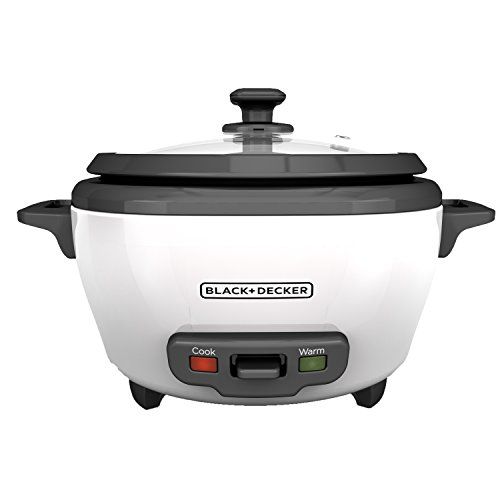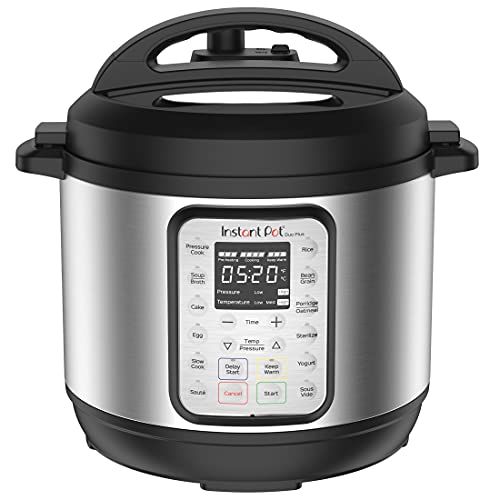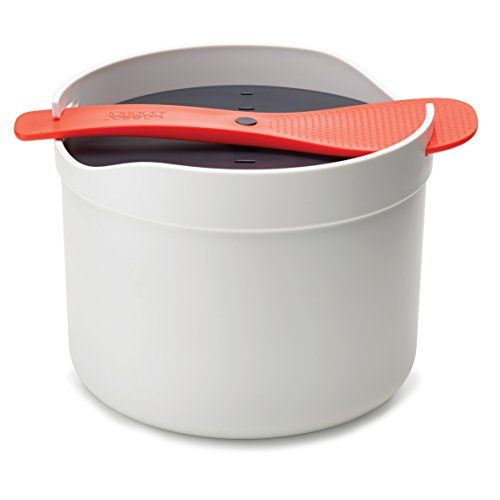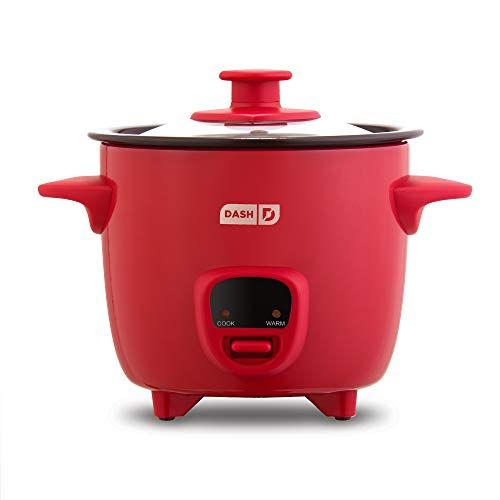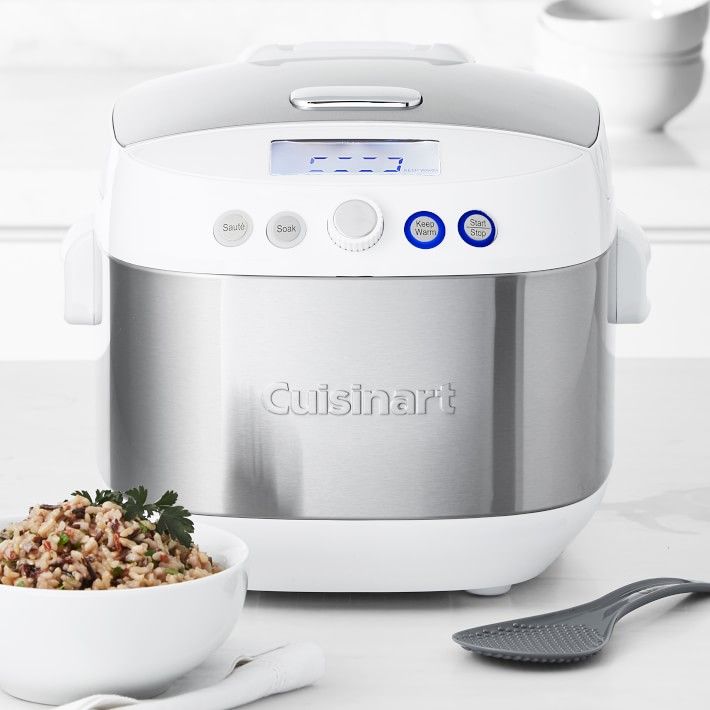The 8 Best Rice Cookers You Can Buy Right Now
Are you ready to make it grain?

Delish editors handpick every product we feature. We may earn commission from the links on this page.
Sure, you can cook rice on the stove, but if you want to really up your grain game, a good rice cooker is key. Anybody who’s ever tried to boil rice without one of these convenient countertop cookers knows that there’s a lot more room for error than you’d think. Even if you have the attention span to meticulously watch over and stir your pot, there are still plenty of other factors that can mutate your fluffy, tender rice into a gummy, watery, or, worst of all, charred mess.
Gluten-free or cutting carbs? No worries! Contrary to popular belief, many rice cookers have the ability to cook more than just rice. These trusty gadgets can also prepare a variety of tasty rice substitutes.
“It’s not just limited to white or brown rice,” said Nicole Papantoniou, Director of the Good Housekeeping Institute’s Kitchen Appliances & Culinary Innovation Lab. “You can also use it to cook quinoa, couscous, and many other types of grains.”
And the fun doesn’t stop there. With some models, you can even stew apples, bake mac and cheese, and steam vegetables. But before we get ahead of ourselves with what you can make in a rice cooker, we should probably first identify which one you should get. After all, whether you want to make a creamy, restaurant-quality risotto with minimal effort or you’ve been inspired to pick up the same rice cooker brand used by TikTok star Uncle Roger himself, finding the right model to suit your preferences is crucial.
We sat down with Papantoniou to go over the Good Housekeeping Institute’s in-depth tests of all the best rice cooker brands. From the healthiest rice cooker to the easiest to clean, we’ve identified the top rice cooker for every need—including a Zojirushi rice cooker that’s beloved by both home cooks and professional chefs and an Instant Pot with a pretty nifty rice cooking program.
Are you ready to make it grain? Check out our recommendations for the best small rice cookers and some easy rice recipes that are sure to rock your world.
Our top picks
- Best Rice Cooker: Aroma Housewares Digital Rice Cooker and Food Steamer
- Best Budget Rice Cooker: BLACK+DECKER Rice Cooker
- Best Splurge Rice Cooker: Zojirushi NS-TSC18 MICOM Rice Cooker and Warmer
- Most Versatile Rice Cooker: Instant Pot Duo Plus 9-in-1 Multi-Use Programmable Slow Cooker
- Easiest to Use Rice Cooker: TIGER JBV-A10U MICOM Rice Cooker
- Best Microwave Rice Cooker: Joseph Joseph 45002 M-Cuisine Microwave Rice Cooker
- Best Small Rice Cooker: DASH Mini Rice Cooker
- Best Rice Cooker for Brown Rice and Grains: Cuisinart FRC-800 Rice Plus Multi-Cooker
How we picked these products
To find the best rice cooker, we turned to our friends at the Good Housekeeping Institute, who have identified the best brands and models based on availability, reviews, and reputation. Their team of on-staff experts—which includes all types: engineers! data analysts! registered dietitians!—rigorously put everyday products to the test (and then more and more tests) in their New York City-based labs to determine which ones you can trust.
As part of their in-depth testing process, these Kitchen Tech Experts evaluated a wide range of rice cookers on a multitude of key characteristics, including performance, user-friendliness, splatter, consistency, and heat distribution and retention. After reviewing their findings and sitting down to discuss their fieldwork with Papantoniou, we’ve determined that these are the best rice cookers you can buy in 2022.

The Internet Is Freaking Out Over Popsicle Pregnancy Reveal

Ritz Sandwich Crackers Have Been Recalled

The Most Popular Chicken Sandwich Chains in the US

My Favorite Air Fryer Is On Sale For Prime Day


